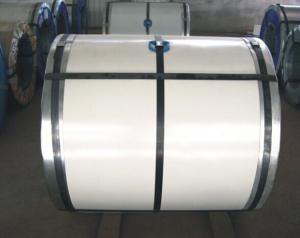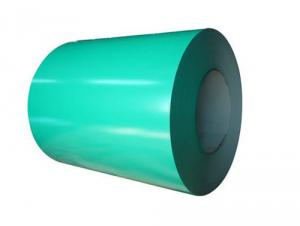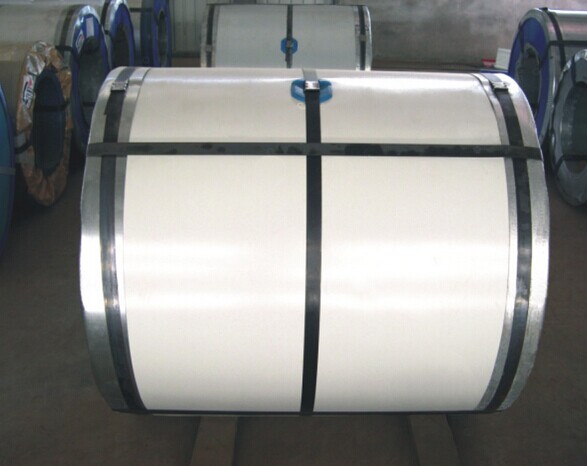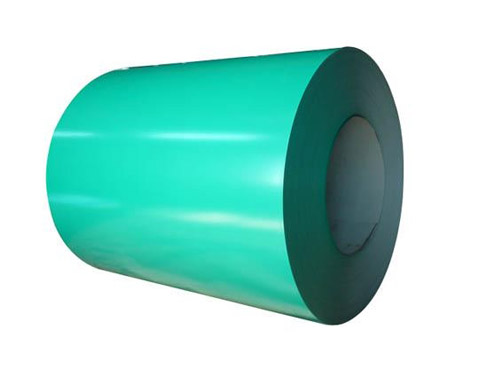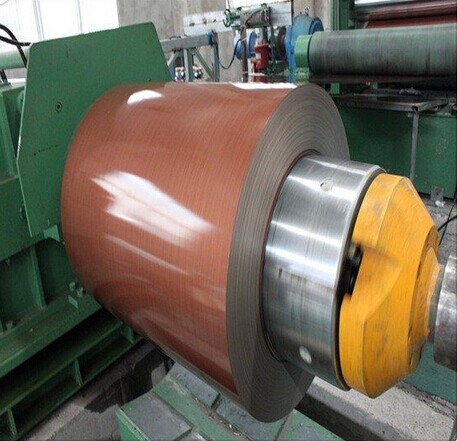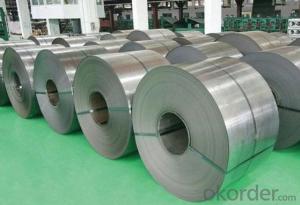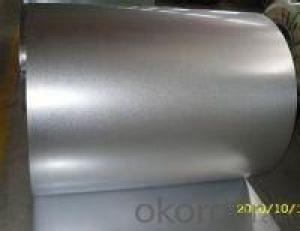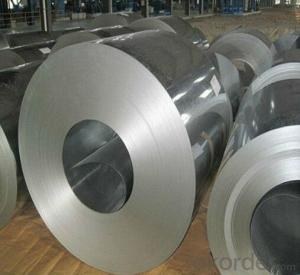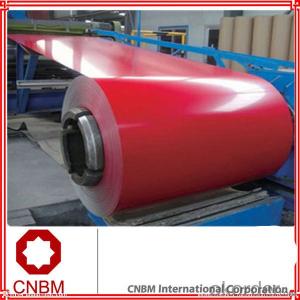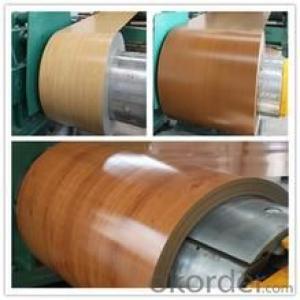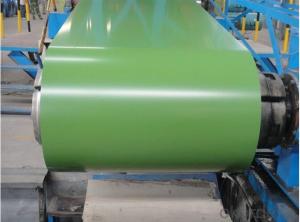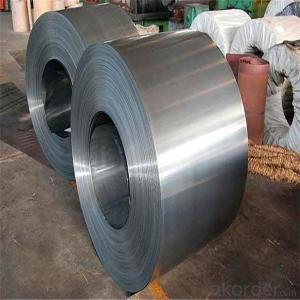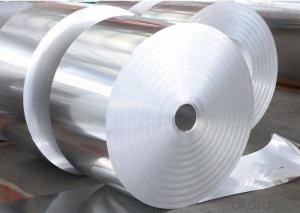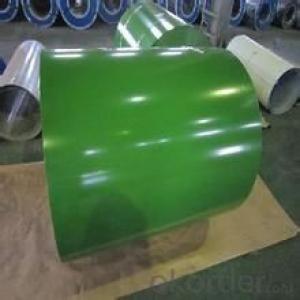Best Prepainted Galvanized steel Coil in China
- Loading Port:
- Tianjin
- Payment Terms:
- TT or LC
- Min Order Qty:
- 23 m.t.
- Supply Capability:
- 32423 m.t./month
OKorder Service Pledge
OKorder Financial Service
You Might Also Like
1.Structure of Prepainted Galvanized steel Coil :
With Gi as base metal,after pretreatmet (degrease and chemical treatment) and liquid dope with several Layers of color,then after firing and cooling,finally the plate steel is called pre-painted galvanized steel ( PPGI) .Pre-painted galvanized steel is good capable of decoration ,molding,corrosion resistance
2.Main Features of Prepainted Galvanized steel Coil:
• Excellent process capability
• Smooth and flat surface
• Workability, durability
• Excellent heat resistance performance
• High strength
• Good formability
• Good visual effect
3.Prepainted Galvanized steel Coil Images
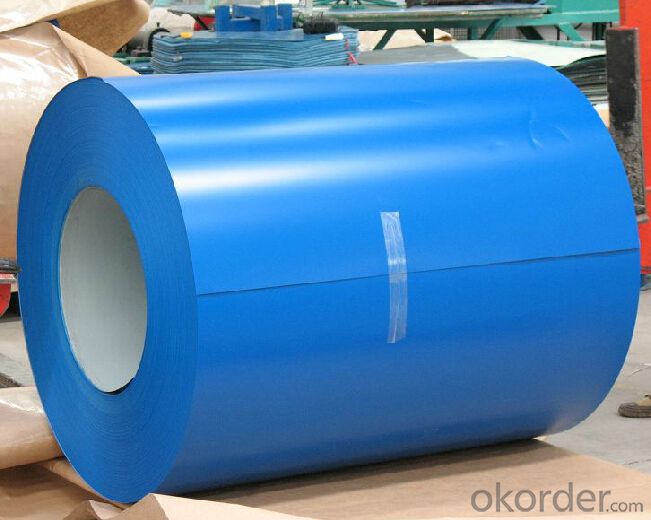
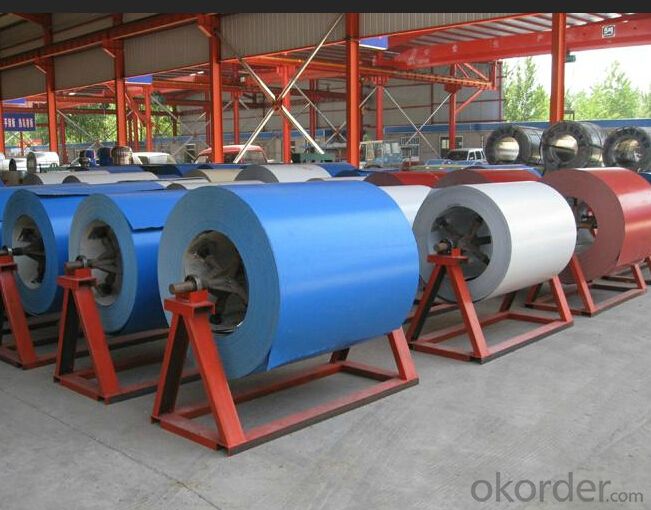
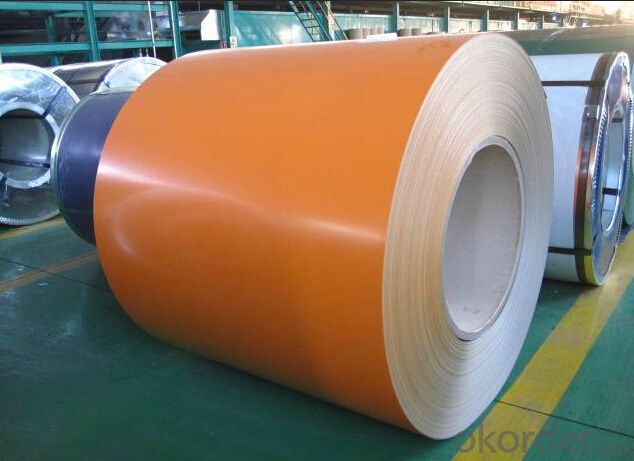
4.Prepainted Galvanized steel Coil Specification
Standard:ASTM, GB,JIS,JIS G3302 ASTM 755 EN10169
Grade: DX51D CGCC CS
Thickness: 0.13mm~3.0mm,
Width: 1250,600-1250mm
Coil weight:3-12 MT
Coil ID:508/610mm
Chemical composition:
C | Si | Mn | Cr | Ni | P | S |
0.150 | 0.476 | 11.231 | 12.50 | 0.900 | 0.039 | 0.010
|
5.FAQ of Prepainted Galvanized steel Coi
We have organized several common questions for our clients,may help you sincerely:
1.How do you control your quality
We have established the international advanced quality management system,every link from raw material to final product we have strict quality test;We resolutely put an end to unqualified products flowing into the market. At the same time, we will provide necessary follow-up service assurance.
2.how long we will receive the goods ?
After receiving your deposit or workable lc ,our normal shipment date is 15-20days,and it takes around 28 days to reach your port of destination. But is up to different destination
3. what is your moq
Normally our moq is 25per size ,but it is up to different size
- Q: How are steel coils used in the production of gutters and downspouts?
- Steel coils are used in the production of gutters and downspouts by being formed and shaped into the desired size and shape of the gutter or downspout. The coils are unwound and passed through a series of machines that bend, cut, and shape the steel into the necessary components. These components are then assembled and attached to create the final gutter or downspout, which provides effective drainage and protection for buildings.
- Q: When and where did soldiers wearing steel protective helmets start ?It seems to have been common by the start of WW1
- You okorder /
- Q: What are the common methods of packaging steel coils for transportation?
- There exists a variety of conventional techniques for packaging steel coils for transportation. One frequently employed approach involves the utilization of steel strapping or bands to fasten the coils together. This method entails tightly encircling the coils with steel bands and securing them using metal buckles or seals. The strapping serves to maintain the coils in position and prevent any shifting or rolling during transportation. Another popular technique entails the use of wooden pallets or skids to stack and transport the steel coils. The coils are positioned onto the pallets and secured with steel strapping or bands. This approach ensures stability and facilitates easy handling and loading onto trucks or other means of transportation. Furthermore, certain steel coils are enclosed within wooden crates or boxes. These crates are typically constructed from robust and durable wood and are designed to shield the coils from external impacts or damage during transportation. To enhance strength and stability, the crates are frequently reinforced with steel bands or strapping. In addition to the aforementioned methods, specialized containers or units are employed to package certain steel coils. These containers are specifically engineered to accommodate and secure steel coils for transportation. They often possess integrated mechanisms or features that facilitate the loading and unloading of the coils in a safer and more efficient manner. It is important to acknowledge that the particular method of packaging steel coils for transportation can vary depending on factors such as the size and weight of the coils, the mode of transportation, and any specific requirements or regulations that may be in effect.
- Q: i need this for school and i need to know what are some advantages of stainless steel.
- I would go for stainless steel cookware. There are some advantages of stainless steel cookware that make it so popular. *Durable: stainless steel is tough and can last for years and decades. It is not prone to chipping, rusting or even staining. It won’t dent and scratch easily as well. It is basically indestructible kind of cookware. it can also handle extreme temperatures. *Hard and non-porous. *Appearance: it will remain looking brand new for a long time and this is not because of its high maintenance. *Flavor preservation: stainless steel cookware is made in such a manner that none of the metals in the alloy will be tasted in the food cooked and neither will any of the material come in the food. *Recyclable: in an event where the cookware does get damaged, it can be recycled or salvaged. *Safe: while using stainless steel cookware, you need not be worried about any kind of metal poisoning.
- Q: How are steel coils used in the manufacturing of steel drums?
- Steel coils are used in the manufacturing of steel drums as they are cut into the desired size and shape to form the body of the drum. The coils are unrolled and bent into a cylindrical shape, which is then welded together to create a seamless drum. This process allows for efficient and cost-effective production of steel drums, ensuring durability and strength in the final product.
- Q: Can you weld copper or brass to steel?
- This Site Might Help You. RE: Welding question Can you weld copper or brass to steel? Can you weld copper or brass to steel?
- Q: I found the cold steel kukri machete online and I am very impressed and am thinking of ordering it. A friend of mine said that the cold steel kukri machete is nothing compared to the KaBar Kukri Machete. I was wondering if other people who own these machetes could tell me the good and the bad of each machete. Such as what they have been able to cut. If they break easily and such. Thanks in advance.
- I don't know about the Kabar Kukri, but I can vouch for the Cold Steel product. Cold Steel tests all of their products in extreme conditions, check out their website and look up their free video cold proof. They do things like cut a side of beef, bones in, in half with one strike, or cut a 3 inch thick rope 1,000 times with the same knife and then still shave the hair off their arms, and also they take their knives and stab them through car doors and hang weights on them. So a Cold Steel Kukri is guaranteed to do its job well (which incidentally is used to sever heads). They usually have pretty good prices too. The only thing you need to worry about is the legality of ordering that weapon wherever you live. Cold Steel is totally legit (annoyingly so) and will not mail/sale weapons to areas that have banned the purchase and ownership of them. So good luck with your purchase!
- Q: How are steel coils used in the manufacturing of industrial valves?
- Steel coils are used in the manufacturing of industrial valves as they provide the necessary raw material for creating valve bodies, stems, and other components. The coils are shaped, cut, and formed into different valve parts, ensuring strength and durability. These steel components are then assembled, welded, and machined to create fully functional industrial valves used in various applications such as oil and gas, chemical processing, and water treatment industries.
- Q: What are the pros and cons of non-stick and stainless steel pots and pans ?Thanks
- Non Stick is good for frying, sauteeing, etc., but I find they don't tend to last as long as regular stainless steel pans because they can get scratched relatively easy if you use metal stirring utensils. Stainless steel is good for soups, stews, or if you plan to use a metal stirring utensil (whisk, fork, etc.). I use both non-stick and stainless steel pots and pans. I think the most useful pots/pans I have are my medium-sized, non-stick frying pan and my small, stainless steel dutch oven.
- Q: What are the main factors that affect the strength of steel coils?
- The main factors that affect the strength of steel coils include the composition and quality of the steel used, the manufacturing process employed, the thickness and width of the coils, and the presence of any impurities or defects. Additionally, factors such as temperature, humidity, and storage conditions can also impact the strength of steel coils.
Send your message to us
Best Prepainted Galvanized steel Coil in China
- Loading Port:
- Tianjin
- Payment Terms:
- TT or LC
- Min Order Qty:
- 23 m.t.
- Supply Capability:
- 32423 m.t./month
OKorder Service Pledge
OKorder Financial Service
Similar products
Hot products
Hot Searches
Related keywords
